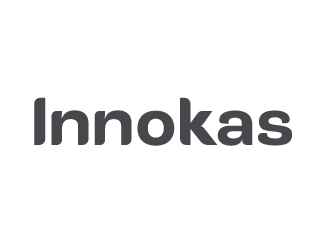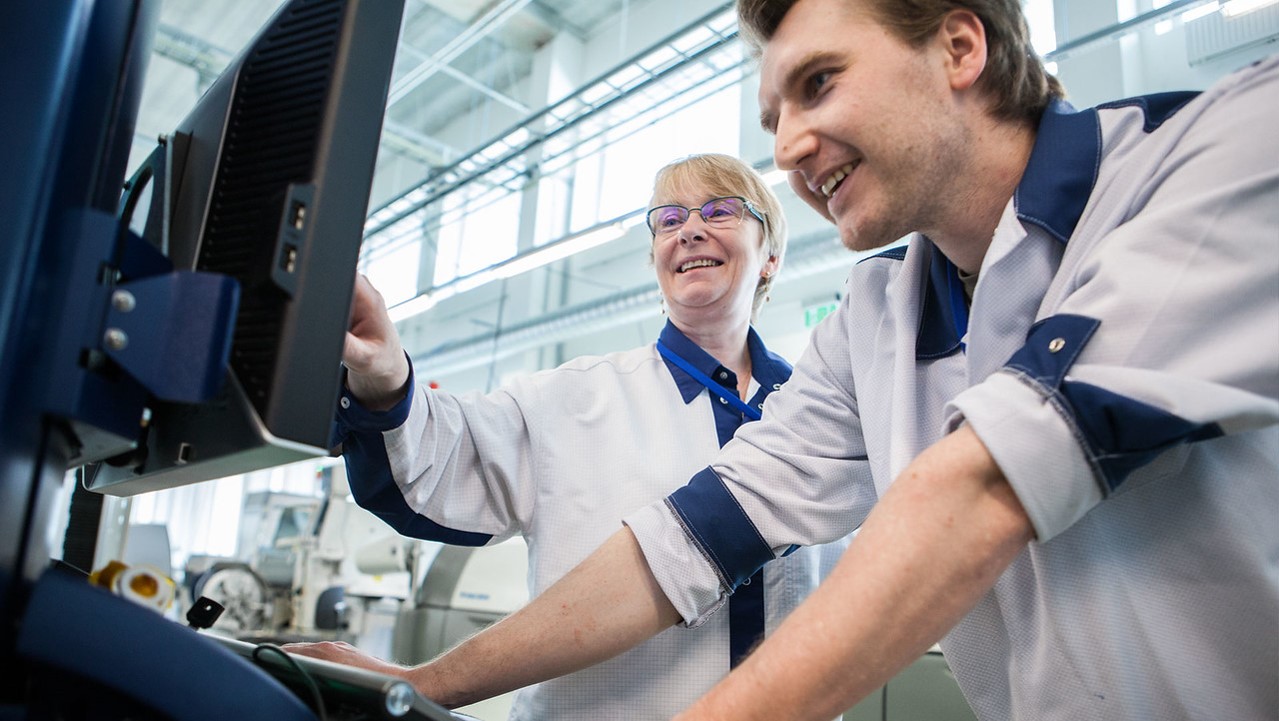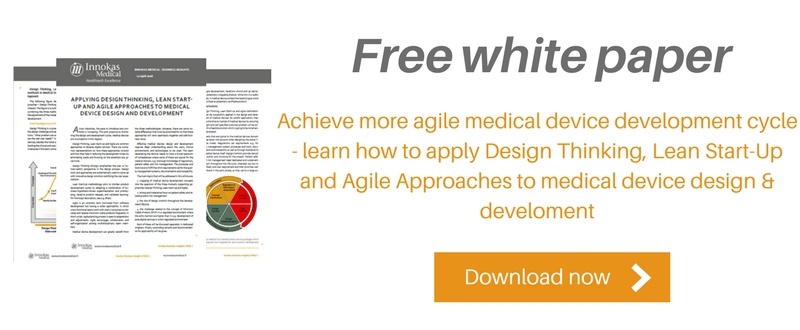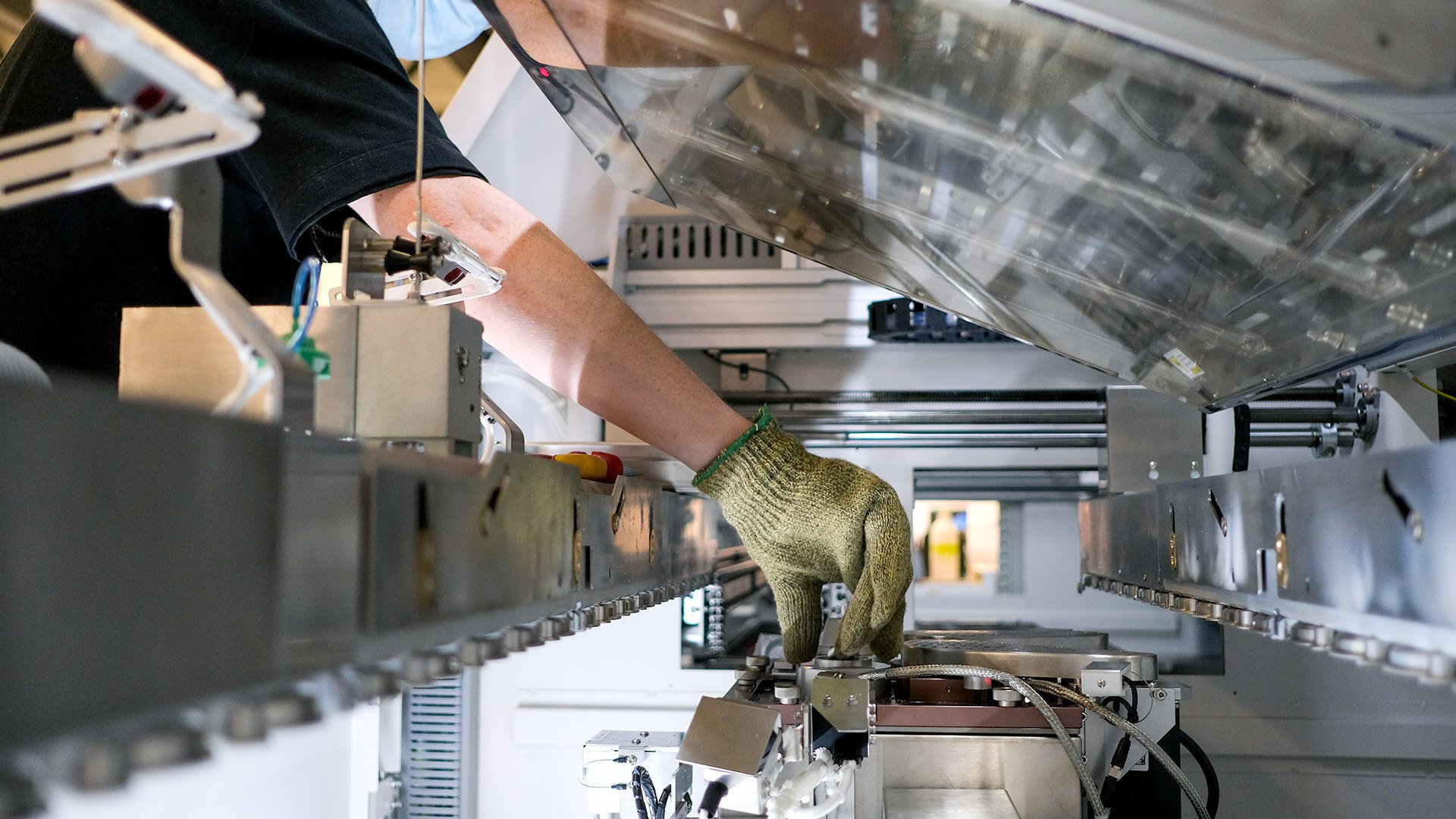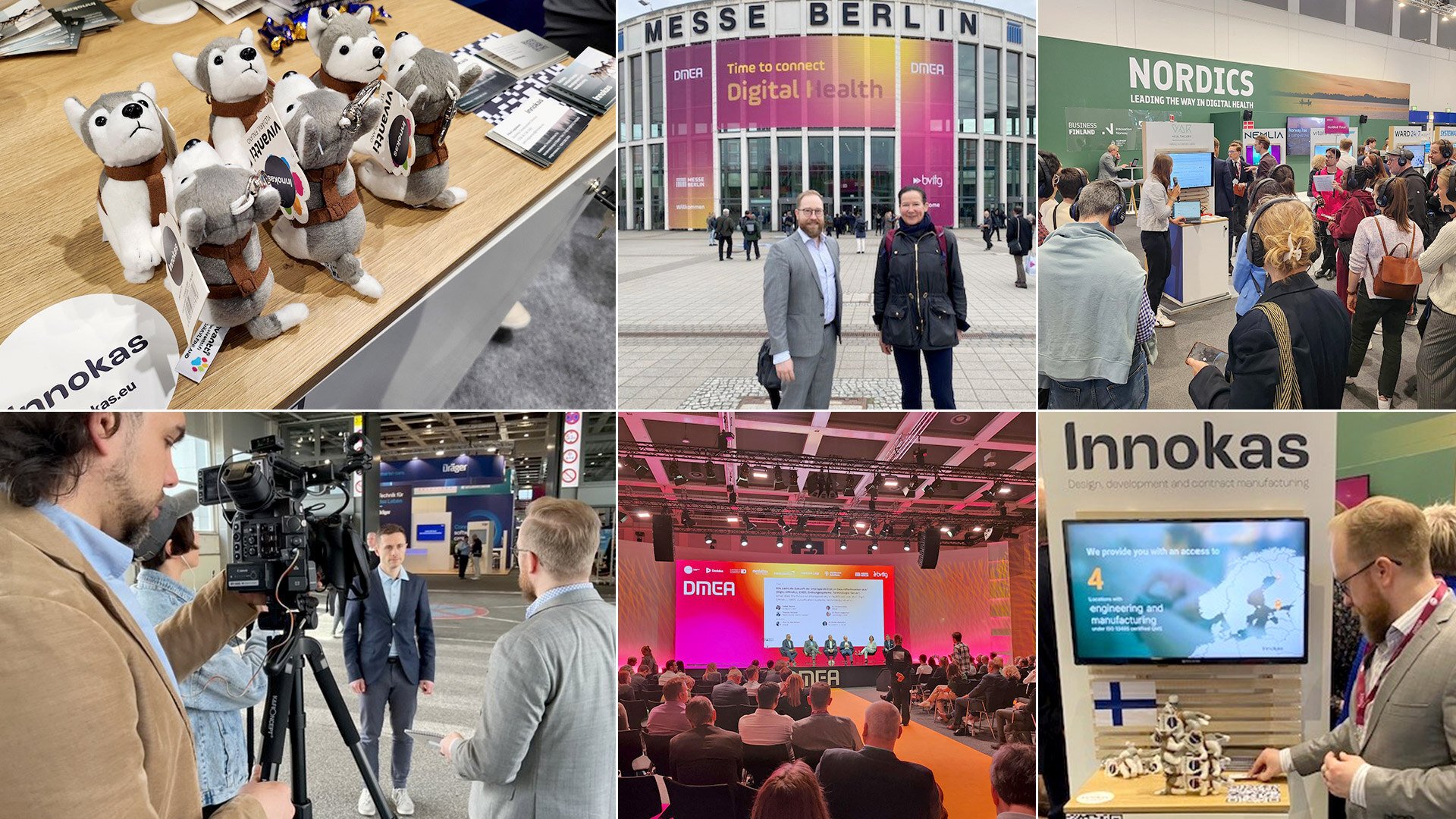MedTech as a business is changing and getting more complex. For example, the technical complexity and regulatory requirements are something that are increasing as we speak. At the same time there is a pressure to lower the costs, improve quality and get to market even more faster.
Are you designing and developing medical devices? Have you also faced these issues?
If yes, you’re now reading a useful blog post, as we’re discussing here about two very important elements affecting on how to achieve more agile medical device development cycles and how to lower the total costs, while ensuring the high quality of your product!
Co-creation - better for everyone
The increased industry complexity has caused partnerships that emphasize close cooperation over the entire product life cycle, which have become more significant drivers for competitiveness. This kind of cooperation is called co-creation, which is an organizational model bringing together all the participants from end-users to experts for developing new products or services. By co-creation, companies are able to take into account the changes and challenges of more complex operative environment efficiently, when at the same time ensuring the agile development cycle for next generation medical devices.
We believe in co-creation so truly, that we even argue that companies who are unable to change their mindsets and organizations, are doomed to failure as they cannot run along with the competition. In much more complex industry, an equipment developer may not be able to recruit the right expertise at the right time, despite the fact that it intends to keep all the knowhow in house. As a result, such a company may not remain competitive in the end.
By co-creation, all parties get a competitive edge and are able to add more value compared to the previous business models. Therefore, we see co-creation as one key element to get certified, high quality medical products to the market quickly and smoothly. When co-creating next generation medical devices with experts in the field, both total costs and development time can be saved. The end result is also better outcome than in the traditional organization, as in this model the company selects the partners it needs in order to ensure the required expertise is available.
Standardized working methods with real benefits
In addition to co-creation, companies should pay more attention on the standardized working methods, meaning the ways MedTech products and services should be created in the future. For example, modern tools and high quality processes are something that are truly needed.
In addition, we see that the future medical device development is becoming similar to the lean start-up and agile development methods. Thus, we’ve started a discussion where we state that one answer to shortening the development cycle of medical products is to apply three commonly known methodologies of product development to medical devices: Design Thinking, Lean Start-up, and Agile.
When done properly, applying these three methodologies to medical device design and development will reduce the time to market of the device by ensuring that right and well specified customer problem will be solved with a feasible technical solution, which is going to be incrementally developed.
All in all, we see that by co-creation and standardized working methods every party can ensure that all business related complexities and regulatory requirements are met during each life cycle phase of the product, while at the same time speeding-up the time to market launch and reducing the total costs of the product.
If you want to learn more about these methodologies in medical environment and learn how to get certified, high quality medical product to the market as quickly as possible, please read more about the topic from our White Paper. Collect yours by following the link! -->

